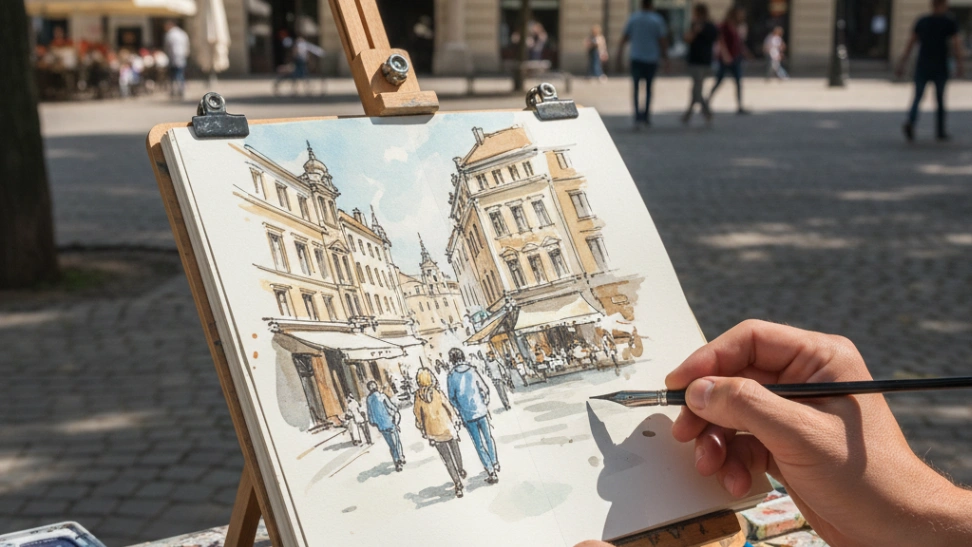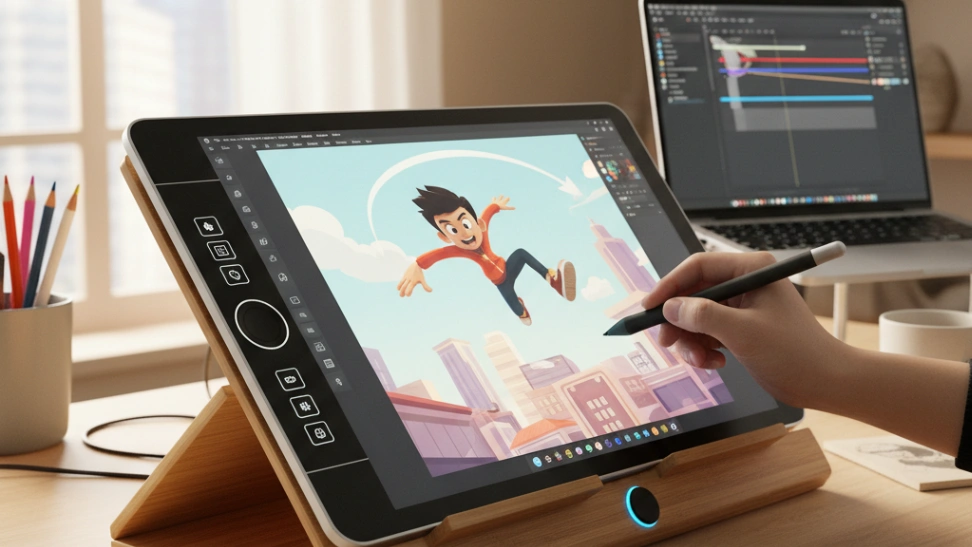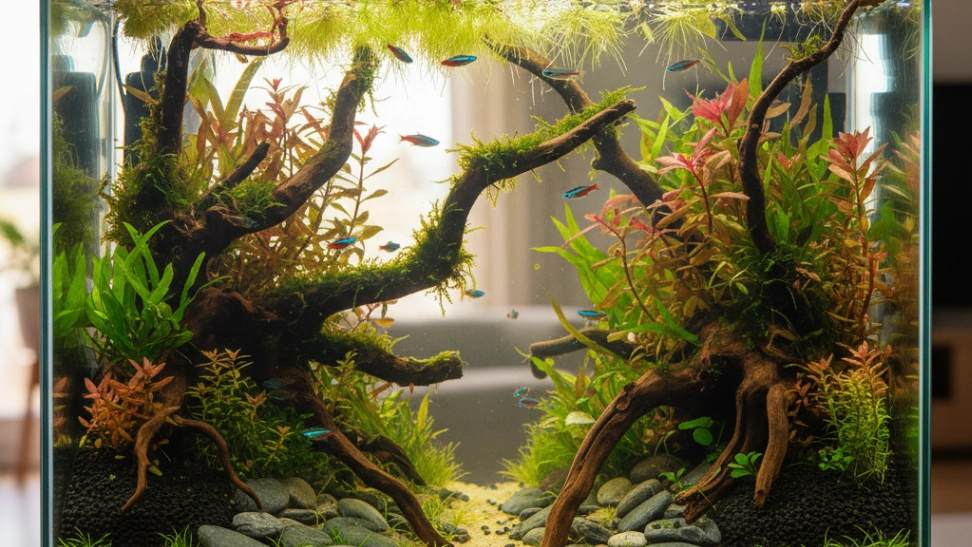The roots of urban sketching can be traced back through various art movements and practices that emphasized direct observation and on-location drawing, long before it was formally termed "urban sketching." Artists like the Impressionists, who sought to capture the fleeting effects of light and atmosphere outdoors, were essentially practicing a form of plein air sketching that resonates deeply with modern urban sketchers. Even earlier, throughout history, artists have carried sketchbooks to record their travels, document architecture, or study human figures in their natural environments. Leonardo da Vinci's meticulous anatomical studies and architectural drawings, or the landscape sketches of J.M.W. Turner, represent an ongoing tradition of capturing the world directly. However, the contemporary movement of "Urban Sketchers" as a defined community began to coalesce in the early 21st century. The Urban Sketchers blog was founded by Gabriel Campanario in 2007, and by 2009, it had evolved into a non-profit organization dedicated to fostering a global community of artists who draw on location, from direct observation. This formalization, largely driven by the internet and social media, allowed artists from around the world to share their work, tips, and inspiration, creating a truly global phenomenon. The movement's manifesto, which includes principles like drawing on location, being truthful to the scenes observed, and using any kind of media, has provided a framework for millions. This blend of historical practice with modern community-building tools has made urban sketching one of the most vibrant and accessible art forms today, encouraging people to see their cities and daily lives as endless sources of artistic inspiration.
The typical process for urban sketching is wonderfully fluid and adaptable to personal preference and the specific setting. It often begins with selecting a subject—be it a bustling street corner, a quiet café scene, an interesting piece of architecture, or a candid portrait of people in motion. The key is to draw directly from observation, rather than from photographs, to capture the immediate energy and atmosphere. Many sketchers start with a light pencil sketch to establish composition and major forms, then move to ink to define lines and add detail. Waterproof ink is popular as it allows for the subsequent application of watercolors, which are ideal for adding washes of color, light, and shadow quickly and effectively. The portable nature of these materials—a small sketchbook, a few pens, and a travel watercolor kit—means artists can sketch virtually anywhere, from a park bench to a crowded train. The emphasis is on capturing the moment, imperfections and all, which lends a unique character and authenticity to each sketch. This spontaneous approach encourages artists to embrace mistakes as part of the learning process and to develop a rapid, confident hand. Furthermore, urban sketching often involves a degree of selective focus, where the artist decides what to emphasize and what to simplify, enhancing the storytelling aspect of the artwork. This decision-making process is a crucial part of developing a personal style and voice.
Beyond the artistic output, urban sketching offers numerous benefits. It cultivates keen observation skills, forcing artists to truly see and analyze their surroundings, noticing details that might otherwise go unnoticed. It fosters patience and mindfulness, as one becomes immersed in the act of drawing and the environment. For many, it's also a fantastic way to explore their local area or new cities, providing a unique lens through which to experience culture, architecture, and daily life. The portability of the hobby means it can fit into busy schedules, making waiting times or lunch breaks opportunities for creative expression. A significant aspect of urban sketching is its vibrant global community. Through online platforms, social media, and local sketch meetups, urban sketchers connect, share their work, offer encouragement, and organize sketching excursions. This sense of camaraderie is a powerful motivator, providing a supportive network for artists of all skill levels. Regular "sketch crawls" or "meetups" are common in cities worldwide, where groups of sketchers gather to draw together in a chosen location, often sharing their work and discussing techniques afterward. This social dimension adds another layer of enjoyment and learning, allowing beginners to learn from more experienced artists and to feel part of a larger artistic movement. The community aspect transforms what could be a solitary pursuit into a shared, enriching experience, breaking down barriers and fostering cross-cultural artistic exchange.
Ultimately, urban sketching is a celebration of the everyday, an invitation to slow down and truly see the world around you. It's a journey of artistic discovery that blends art, travel, and community, appealing to anyone looking for a creative outlet that connects them more deeply with their environment. Whether you're an experienced artist or have never picked up a pen, the principles of urban sketching—drawing from life, embracing the moment, and sharing your unique perspective—make it an incredibly accessible and rewarding hobby that enriches both your artistic skills and your appreciation for the world's beauty. It is an art form that democratizes creativity, proving that inspiration can be found on any street corner, in any café, and in the most mundane moments of daily existence, transforming them into personal treasures.



